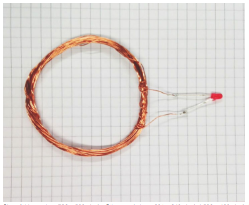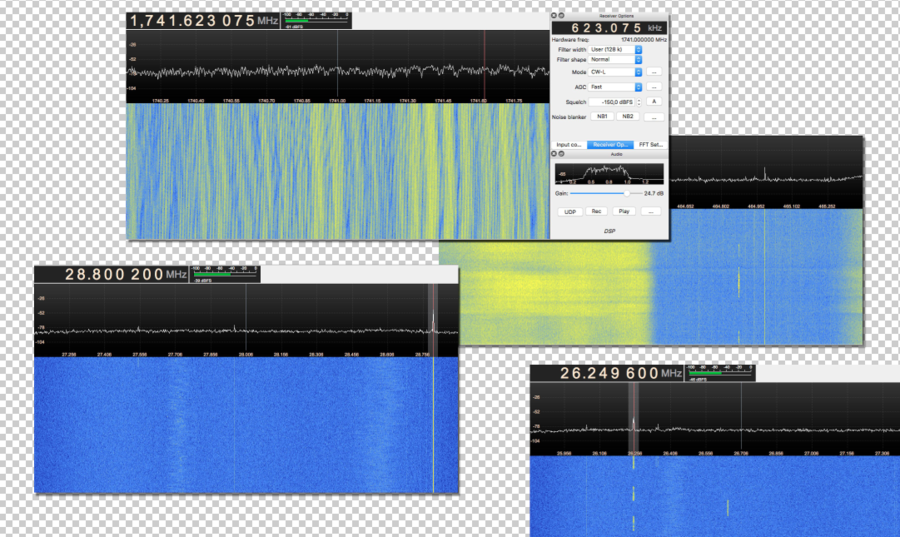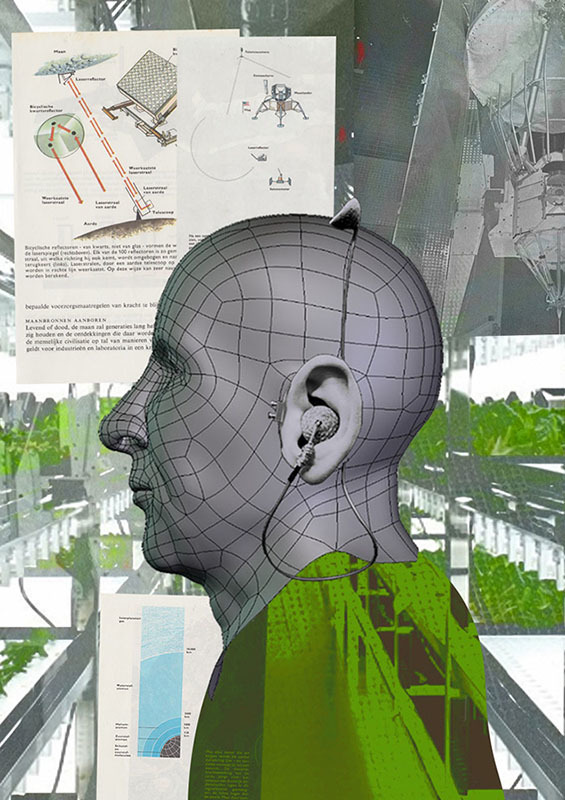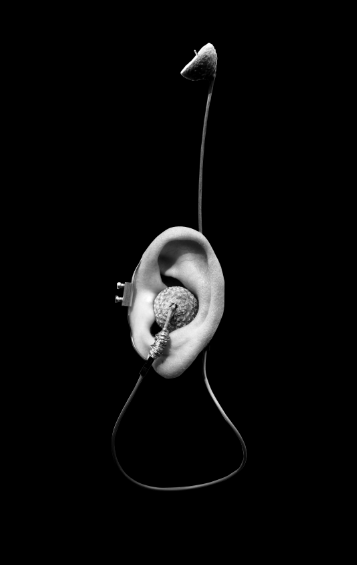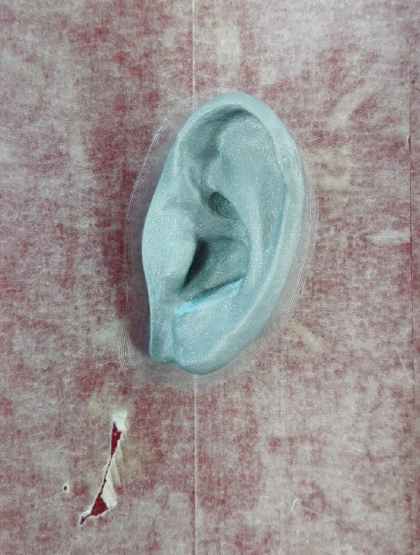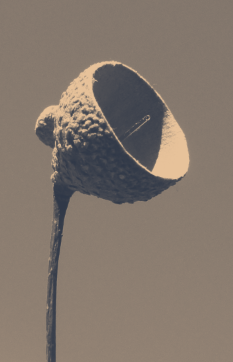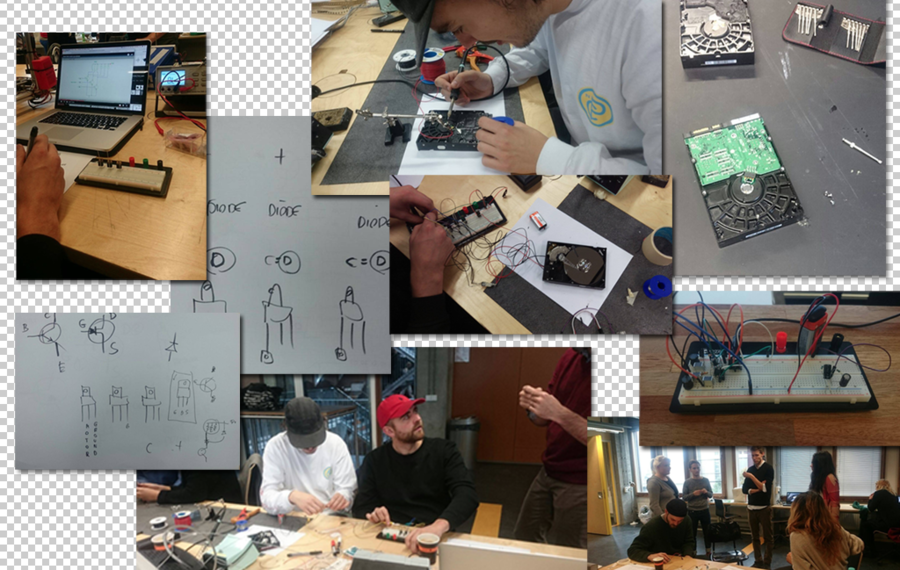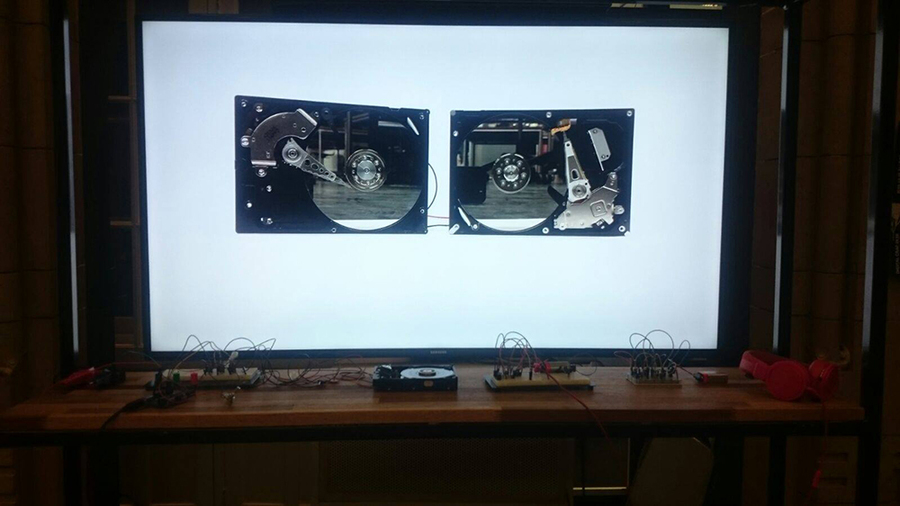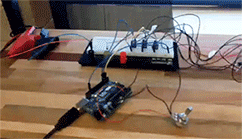Difference between revisions of "User:JeroenRijnart/UTCQ9"
| Line 49: | Line 49: | ||
For the unravel the radio marathon I was in the 'Radio Of Things' group. | For the unravel the radio marathon I was in the 'Radio Of Things' group. | ||
| + | Our idea was to have two machines talk to each other in a way that's incomprehensible to humans. | ||
| + | We wanted to have two harddrives react to each others electromagnetic frequencies. But it turned out that harddrives are very sophisticated pieces of technology, it was quite a challenge to be able to control the rpm of the disks. | ||
| + | Luckily we got help from Tim and the MICA teachers, in the end we could control the rpm with a knob hooked up to an arduino. If we had another day we could have built the machines like we planned to, but now we only had one device "talking" and one "listening". | ||
[[File:UTCMARATHON_jjjr.png]] | [[File:UTCMARATHON_jjjr.png]] | ||
| − | |||
The "finished" installation: | The "finished" installation: | ||
Revision as of 01:35, 1 November 2016
This page is a work in progress
Contents
Projects by others
Workshop 1
In the first workshop we made two coils for wireless energy transfer
Scanning for radio frequencies I mostly found:
- Digital signals
- Static interrupted by a high pitched signal
- Echo's of commercial radio
- Machine to machine communication
- More noise
Number stations
"A numbers station is a category of shortwave radio station characterized by broadcasts of formatted numbers, addressed to intelligence officers operating in foreign countries.[1] Most identified stations use speech synthesis to vocalize numbers, although digital modes, such as Phase-shift keying and Frequency-shift keying as well as Morse code transmissions are not uncommon. Most stations have set time schedules, or schedule patterns, however other stations appear to be broadcast at random times. Stations may or may not have set frequencies in the HF band." [Wikipedia]
I've emulated my own numbers station, the code is in hexadecimal numbers.
Imaginary Radio
The nutshell receiver was conceived by Erik K. Hoorn in 2028 to listen to the frequencies affecting trees and plants. There is a direct relationship between microwave-induced structural and chemical modifications of plant species studied. These data collectively demonstrate that human-generated microwave pollution can potentially constitute a stress to the plants. The nutshell receiver is meant to listen in to frequencies surrounding plants and trees as to determine their safety. The receiver itself is of a provisional design meant to be sustainable. It is widely used in agriculture to meet increasing consumer demands.
Unravel Radio Marathon
For the unravel the radio marathon I was in the 'Radio Of Things' group. Our idea was to have two machines talk to each other in a way that's incomprehensible to humans. We wanted to have two harddrives react to each others electromagnetic frequencies. But it turned out that harddrives are very sophisticated pieces of technology, it was quite a challenge to be able to control the rpm of the disks. Luckily we got help from Tim and the MICA teachers, in the end we could control the rpm with a knob hooked up to an arduino. If we had another day we could have built the machines like we planned to, but now we only had one device "talking" and one "listening".
The "finished" installation:
